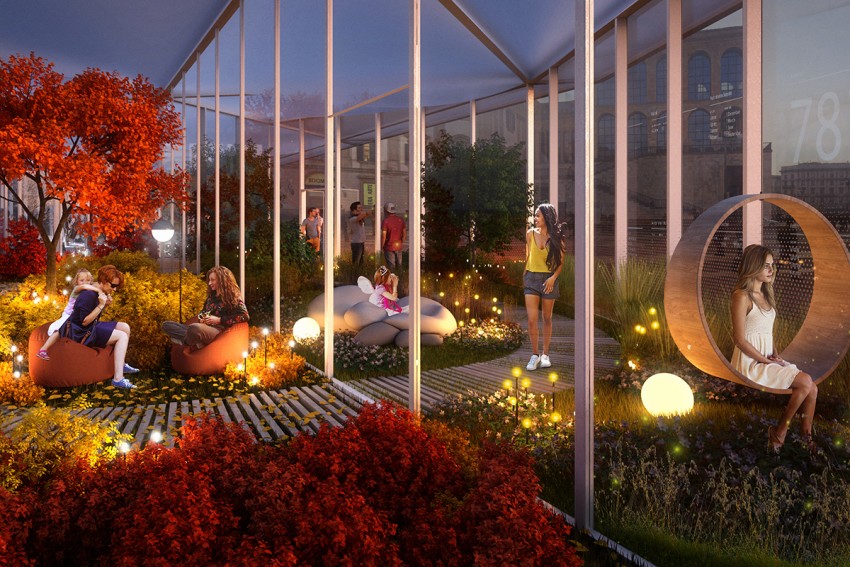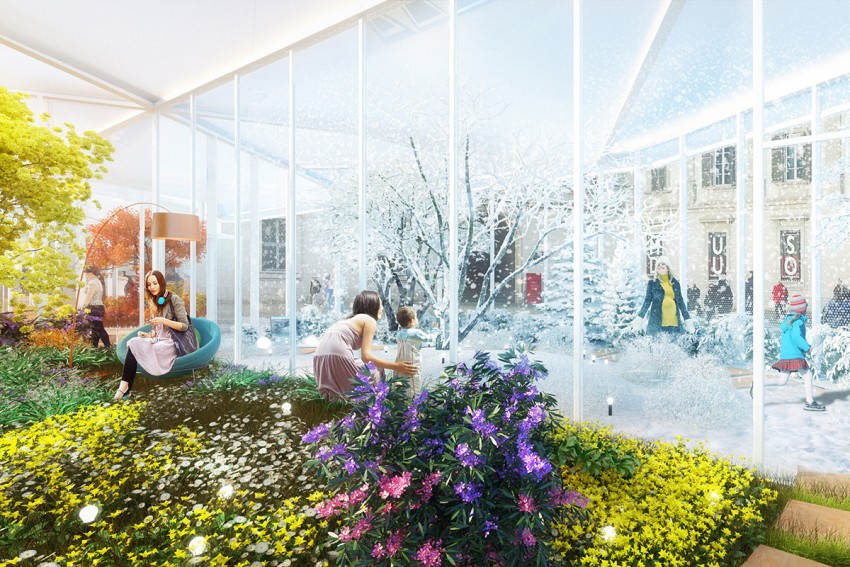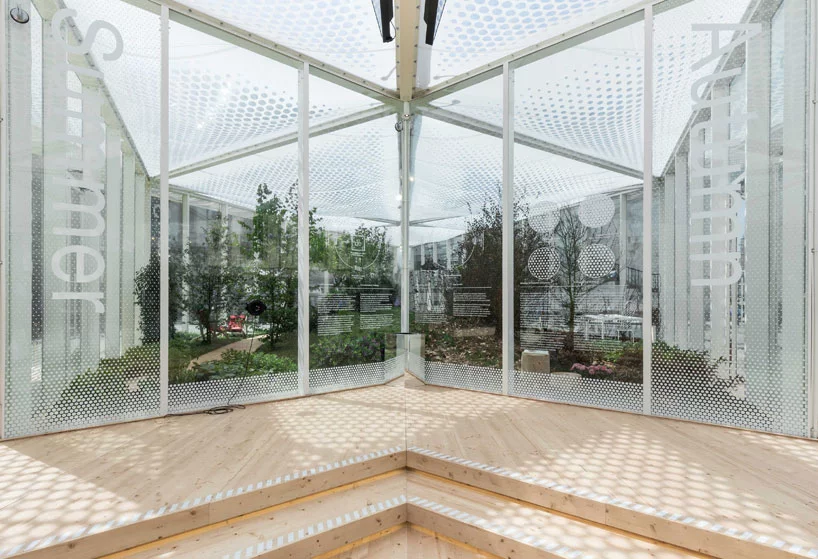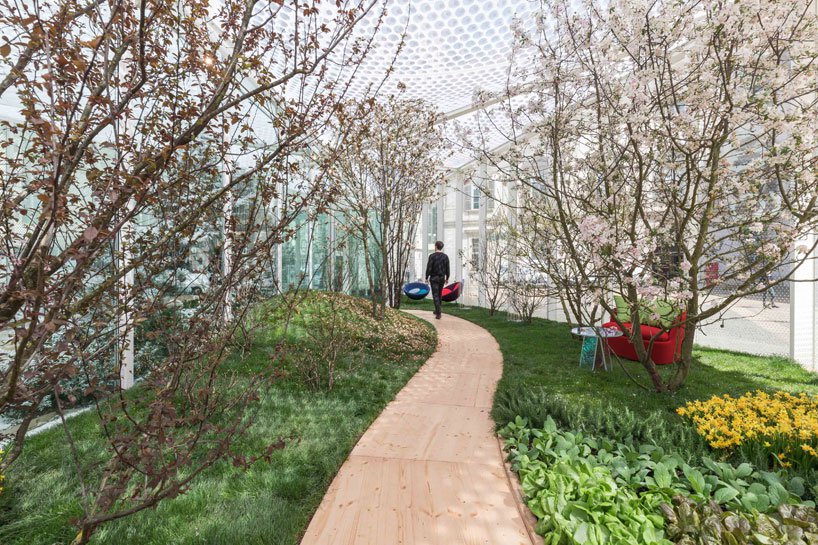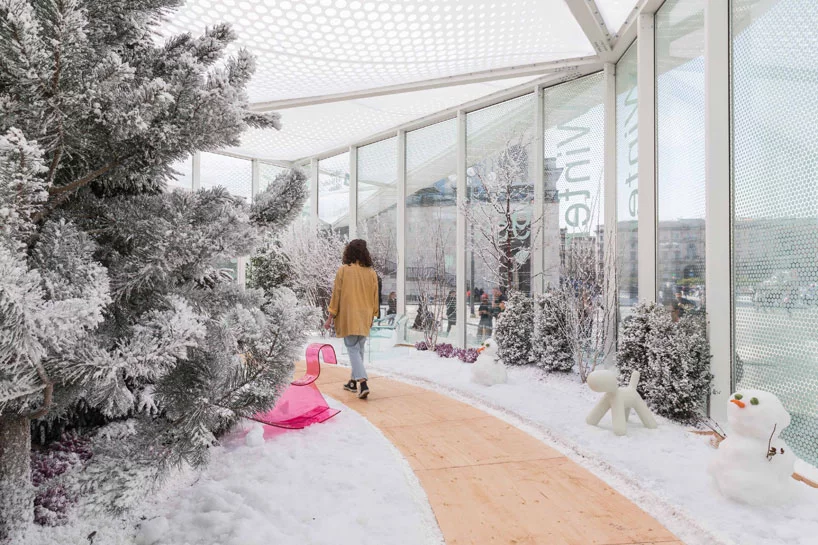I seem to be attracted to compelling pavilion installations this month, as this interesting proposal (via Archinect)for a project ‘Living Nature’ by Carlo Ratti Associati definitely caught my eye with it’s interesting take on climate and seasons. A short description from the CRA site:
“International design and innovation office CRA-Carlo Ratti Associati has unveiled “Living Nature. La Natura dell’Abitare”, a garden pavilion where all four seasons coexist with each other at the same time, thanks to an innovative energy management system for climate control. The project, stemming from a concept by CRA and Studio Römer, has been developed for Salone del Mobile.Milano as the main venue in the city and will host the opening event for Milan Design Week 2018. “Living Nature” will be open to the public in Milan’s main square (Piazza del Duomo) from the 17th to the 29th of April 2018. The 500 square-meter pavilion will house four natural, climatic microcosms that will enable all seasons of the year to unfold at precisely the same time, one next to the other. Visitors will be immersed in nature and experience its changes through the four different areas – Winter, Spring, Summer and Autumn – enriched with familiar and domestic concepts.”
Designboom, does a more in depth take, and some images of the experience of some of the seasons, and discusses some of the wider implications of climate change and nature in the city. There’s also within this narrative some commentary on the concept of microclimatic manipulation (at least in my opinion) and the ability for us to create environments of any specific climate via the inventive use of technology. From db: “the plants in the pavilion are housed under a 5-meter-high selective crystal membrane that dynamically filters the sun based on input from light-reactive sensors. above the pavilion, photovoltaic panels generate clean energy, providing the required energy to cool the winter area, or to heat the summer space. batteries provide additional storage to even out high and low peaks of energy production.”
HEADER: via Archinect

